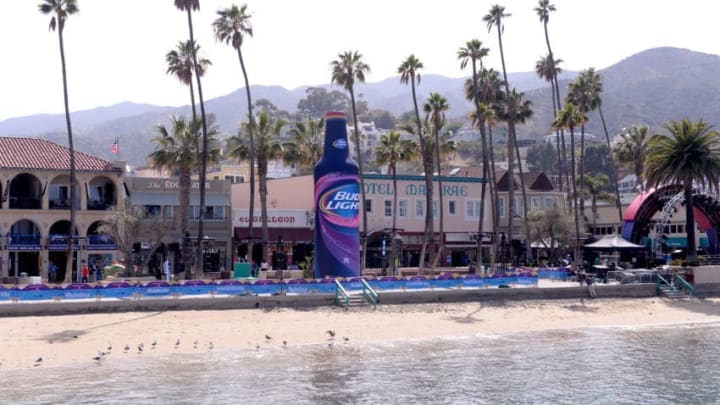One hundred years ago, the chewing gum industrialist William Wrigley Jr. purchased Catalina Island. Not long after, he gained a majority stock in the Chicago Cubs.
The story of the Chicago Cubs’ first training facility is an interesting one. In 1921, William Wrigley Jr. found a little slice of heaven on Catalina Island, at a place called Avalon Canyon. Throughout the next 30 years, the club would use it as their home.
In Chicago, the Cubs played their home games at Weegham Park from 1914-1919, before it was ultimately renamed Cubs Park, and five years after that it was officially Wrigley Field. Regarding Avalon Canyon, it will always be the first place the Cubs got their start.
Making a home
It is a crazy thing to think about how baseball used to be long ago. The stories, pictures, and even videos help fans today conceptualize the realities of yesteryear. Cubs fan can revel in the joys of looking back at their team, finding the roots of what once was and what that became.
More from Cubbies Crib
- Cubs might start to limit Justin Steele’s workload soon
- Cubs: Adrian Sampson is forcing his way into the conversation
- Projecting the Chicago Cubs bullpen to open the 2023 season
- Cubs fans are beginning to see the light at the end of the tunnel
- Justin Steele has evolved into a frontline starter for the Cubs
Each year, the team would arrive by boat to the island. Wrigley owned a handful of shipping vessels. In a piece from Kori Rumore, of the Chicago Tribune, it was noted that the package also included the Wilmington Transportation company. It had been founded by the Banning family, whom Wrigley purchased from.
Throughout the next 30 years on and off, the team would play their intra-squad games on the island. Every so often, the Los Angeles Angels, part of the Pacific Coast League at the time, would make the trek to play the Cubs. Similarly, the Cubs would also leave the island every so often, mainly for games versus minor league clubs.
Understanding the origins
Traditions have arisen from the Cubs time on Catalina Island. The “W” flag, for example, is one of those traditions. The vessels Wrigley owned from Wilmington Transportation flew the flag, signifying their identity.
During the time on the island, Wrigley never let go of the idea to fly the flag and thus continued to display it. Invitations to the casino he purchased on Catalina included the design, and there is a controversy of whether or not Wrigley took the idea for the “W” flag we have come to know and love, from the Wilmington Transportation company.
From 1942-1945, the Cubs did not train on Catalina due to World War II. The decision to relocate the team to the island helped Wrigley gain notoriety around the country, also leading to many future Hall of Famers joining the fun.
A total of nineteen Hall of Famers stepped foot on the island at one point or another. Big names such as Pete Alexander, Dizzy Dean, Rogers Hornsby, and Gabby Hartnett all made their appearances. It became a hotbed for the best talent in the game.
One final time…or was it?
By 1951, the team was ready to move on from calling Catalina their spring home. Deciding to leave the island, including dealing with the bad weather which began to rise consistently, Philip K. Wrigley said sayonara to the island, bringing the team to sunny Mesa, Arizona. The club would stay in Mesa only a few years.
Despite the decision to leave, Wrigley tried to move the team back to the island in 1966. It was due mainly to the permanent spring facilities being built, creating the need for a place to train. Nonetheless, it did not work out due to a few challenges leading to the Cubs instead utilizing Blair Stadium, in Long Beach, California.
The Cubs never did return to Catalina Island for spring training, deciding instead to use facilities in Scottsdale, Arizona following Long Beach, and finally Mesa, where to this day the team calls home in the springtime. Even though they never did go back, the legend of Catalina will always remain a part of Cubs lore.
